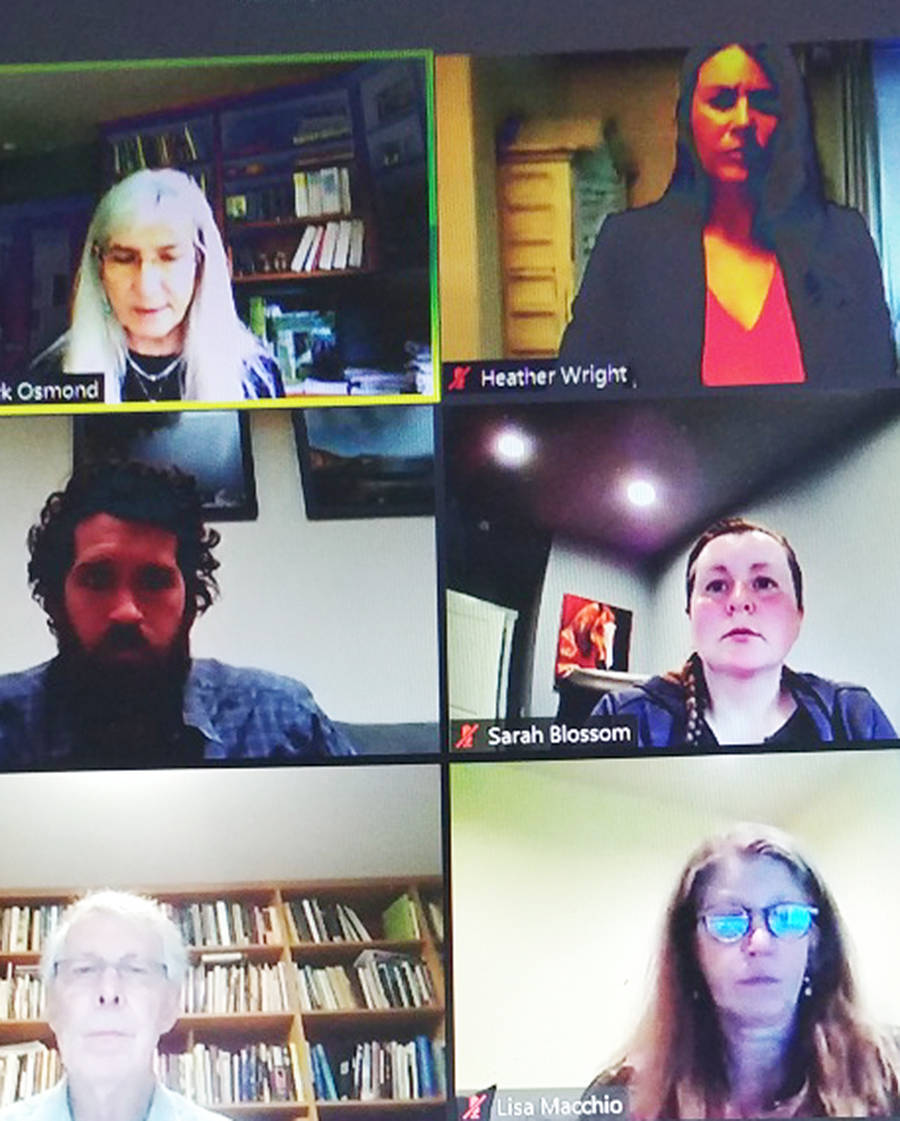The root of the issue is saving trees.
The developing Landmark Tree Ordinance does that, but some members of the Bainbridge Island Planning Commission wonder if it goes far enough.
The current version lists types of trees and their sizes that make them “landmark.”
But planning commissioner Lisa Macchio at last week’s meeting said maybe trees that have the potential to be “landmark” also should be included. “I want to protect at a lower threshold,” she said, adding if a 20-inch birch is cut down that would prevent it from becoming a 30-inch “landmark” tree.
City arborist Nick Snyder said more trees could be added to the list, but that the commissioners “should consider what a landmark tree really is.” For example, he said an 8-inch willow tree, in his opinion, should not be on the list. He said the ordinance is loosely based on local “champion-sized trees.”
But that doesn’t mean the commission can’t do what Macchio suggests. “That would increase the number of trees we protect,” Snyder said.
Commissioner Jon Quitslund said an inventory should be taken of all the landmark trees on the island. “Look at what we have on the books,” he said, adding residents should be engaged in helping obtain the information. “What is it we want to protect? Be specific about it. Instead of something really nebulous we want good policy, and that needs to be data driven.”
Macchio said many developers are “stuck in antiquated ways of thinking,” not realizing that saving landmark trees can actually increase the value of the homes they are building.
“In today’s world these things have benefits never seen before,” she said of trees. “Years ago when building a house they would mow all the trees down.”
Trying to save trees during construction is not easy and may cost a little more, but it benefits everyone. “It may be hard to navigate a big piece of equipment in there, but saving these trees has an ecological benefit,” she said.
Kimberly McComick Osmond, who chairs the commission, said she wants to make sure trees that are not cut down during construction are protected. She’s seen some instances during the clearing process where it’s “pretty likely the tree is going to die.”
Snyder said that law already is on the books, but McCormick Osmond said it needs to also be in the landmark ordinance. “They’re most deserving of protection,” she said.
Macchio said the information needs to be consolidated. “It’s important to be documenting, ‘We’ve got this covered.’”
Much of the meeting focused on the wording of the ordinance.
“I can read this sentence three different ways” and if the developer has an option it will always be it’s “cheaper to cut it down,” McCormick Osmond said.
Other areas of concern were: actions besides cutting a tree down that could lead to its death; making it more clear that hazard trees don’t require mitigation; and the amount of leeway developers might have in the section that says no other construction alternative is feasible.
Snyder said he will continue to work on the ordinance. A public meeting was set for June 10.
A public meeting was set for the same day regarding the changed Design Review Board-Planning Commission process.
City planning manager David Greetham explained the changes with a flow chart. Basically the public and DRB parts are earlier in the process. The chart describes each step, explaining what the applicant should be prepared for, Greetham said.
Macchio said COVID-19 Zoom meetings have been frustrating for her. “Where is everybody?” she asked. “When we met in person a lot more people showed up.”


